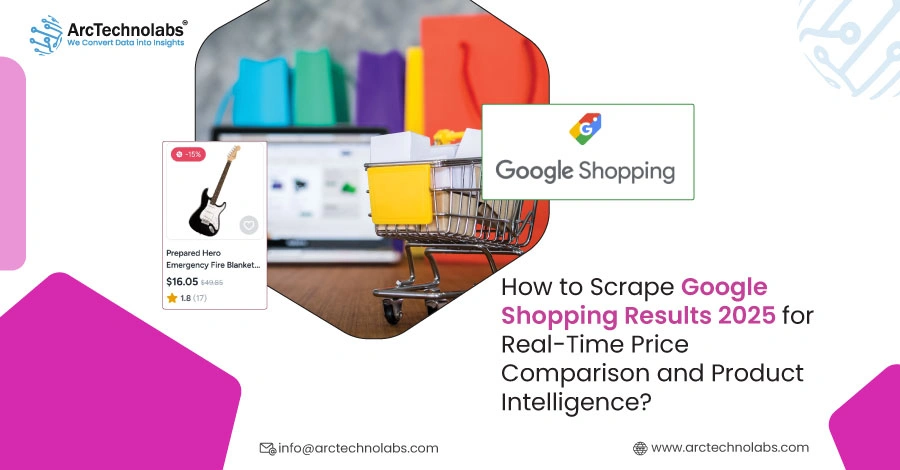
Introduction
In 2025, success in e-commerce depends on more than just brand presence or optimized listings—it’s about how efficiently businesses use competitive product insights. With Google Shopping influencing real-time purchase decisions through pricing shifts, product placements, and customer feedback, it's essential to Scrape Google Shopping Results 2025 for actionable intelligence.
This blog explains why more companies are turning to Google Shopping Scraping Tutorial strategies to gain valuable insights from Google Shopping. From pricing and positioning to product performance, data scraping enables smarter, faster decision-making for a competitive edge.
Understanding the Urgency for Product Visibility on Google Shopping
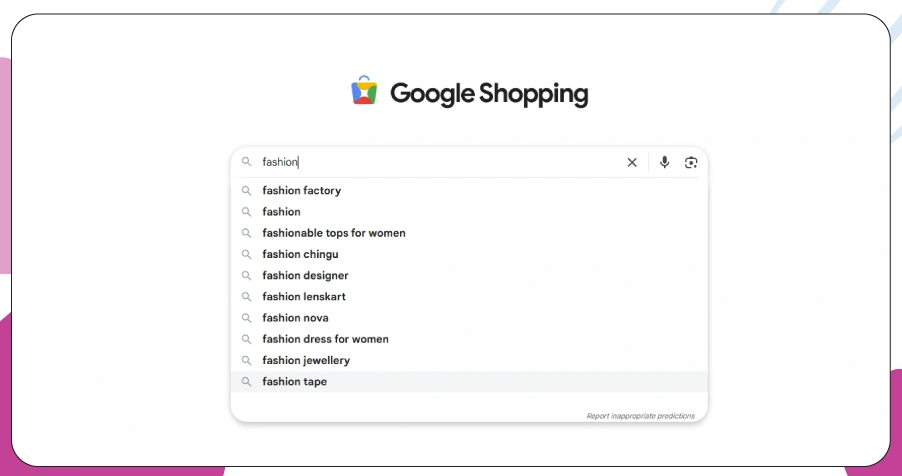
Google Shopping has become the modern comparison engine for product research. It displays live offers from various sellers, instantly influencing buyer decisions. For brands and retailers, this visibility battle isn’t just about ad spend—it’s about strategic positioning in an algorithmic world.
Key insights to consider:
- Over 60% of shoppers compare listings via Google Shopping before purchasing.
- Google’s AI algorithm prioritizes listings based on price, reviews, and seller credibility.
- Shoppers often decide before they even visit your website, based solely on how your product ranks on Google Shopping.
To maintain presence in this crowded digital shelf, brands must extract structured insights, continuously monitor pricing shifts, and analyze listing behavior—all without depending entirely on paid promotion.
Competitive Edge Through Scraping Google Shopping Results 2025
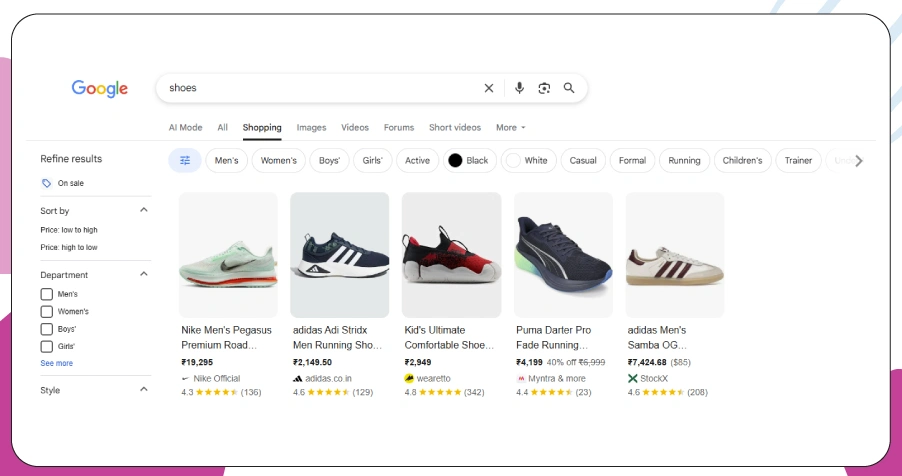
To remain competitive in 2025, companies are leveraging automation to Scrape Google Shopping Results 2025, gaining a precise view of the marketplace. It offers much more than price tracking—it’s a strategic intelligence tool that helps businesses react swiftly to market dynamics.
Here are some core advantages of using scraping for competitive intelligence:
- Uncover category gaps and overlooked product niches.
- Monitor real-time fluctuations in pricing and availability.
- Identify review trends and adjust messaging based on customer sentiment.
- Benchmark performance against both established and emerging competitors.
By choosing to scrape Google Shopping, businesses ensure that decisions aren’t made on guesswork, but grounded in current and comprehensive market activity.
What Kind of Data Can Be Collected?
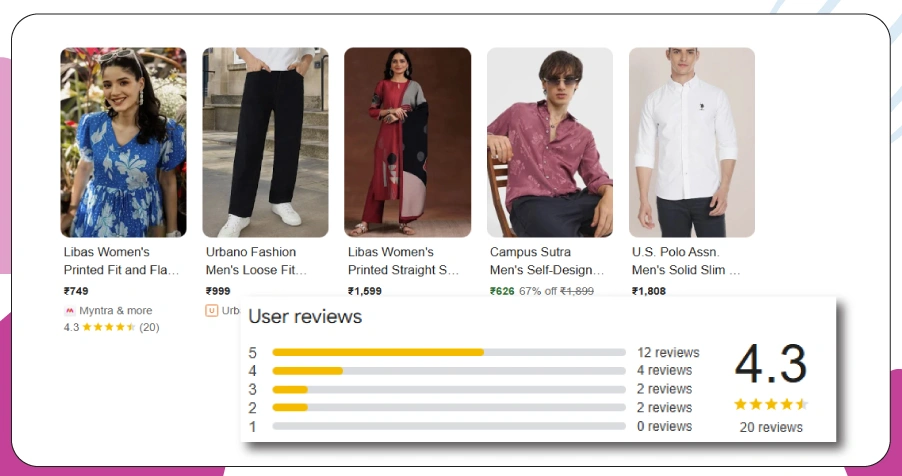
The value of scraping lies in the depth and diversity of information it delivers. A well-executed extraction process enables access to rich, structured datasets, offering full market context instead of fragmented snapshots.
Here’s what data can typically be gathered:
- Product titles, attributes, and detailed descriptions.
- Brand information and verified seller names.
- Total review counts and average customer ratings.
- Pricing details, discounts, and promotional tags.
- Availability status and shipping options.
When you aim to Extract Product Data From Google Shopping, this dataset empowers your marketing, sales, and product teams with context-rich insights to inform every stage of the product lifecycle.
Technical Guide: How Google Shopping Data Extraction is Performed?
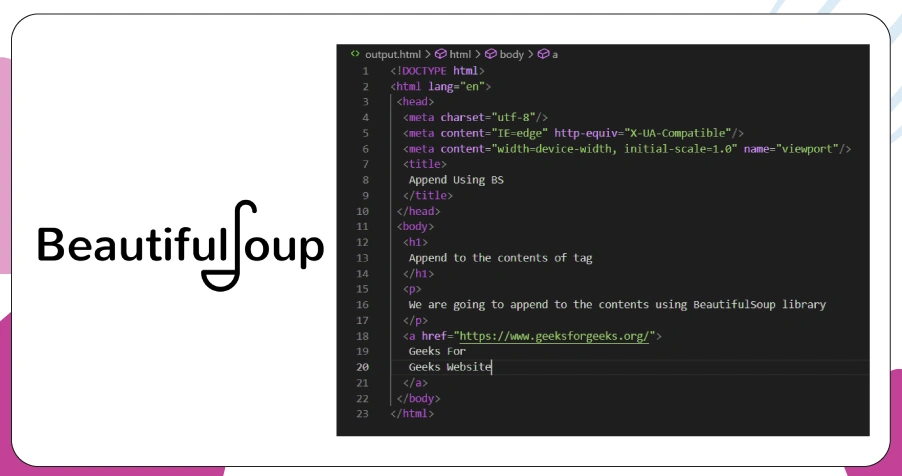
Effective data extraction begins with structuring an innovative scraping workflow. While some organizations rely on public APIs, these APIs are often restrictive in terms of coverage and frequency. To overcome these limitations, many turn to custom scraping pipelines tailored to their market needs.
Core phases in the scraping pipeline include:
- Inputting product search queries or target URLs.
- Parsing HTML content to extract listing data.
- Cleaning, enriching, and normalizing the dataset.
- Exporting data into analytics dashboards, business databases, or BI tools.
A robust Google Shopping Python Scraper built with libraries like Requests, BeautifulSoup, and Selenium can automate this process end-to-end. More advanced setups can also bypass captchas, handle infinite scroll, and extract structured metadata across categories.
Using Real-Time Data as a Market Differentiator
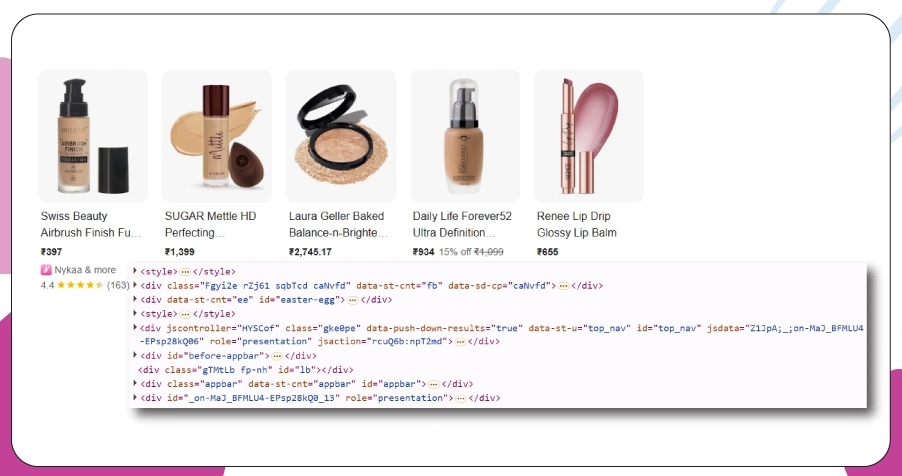
Scraping occasionally won’t suffice in today’s hyper-competitive environment. Industries with frequent pricing updates—like electronics, fashion, and consumer goods—demand real-time intelligence to remain relevant.
This is where Real-Time Product Price Scraping becomes a game-changer:
- Instantly react to competitor price drops.
- Detect MAP (Minimum Advertised Price) policy violations.
- Track unusual pricing changes that hint at new market entrants.
Since official APIs typically don’t support such live data, businesses are turning to Google Shopping API Alternative solutions. These tools simulate real-user browsing, capturing granular pricing and listing changes as they occur.
Organizations using a dependable Google Shopping API benefit from continuous monitoring, rapid responses, and deeper market insight, giving them a real advantage across regions and segments.
Product Intelligence in Action: Comparison for Performance Optimization
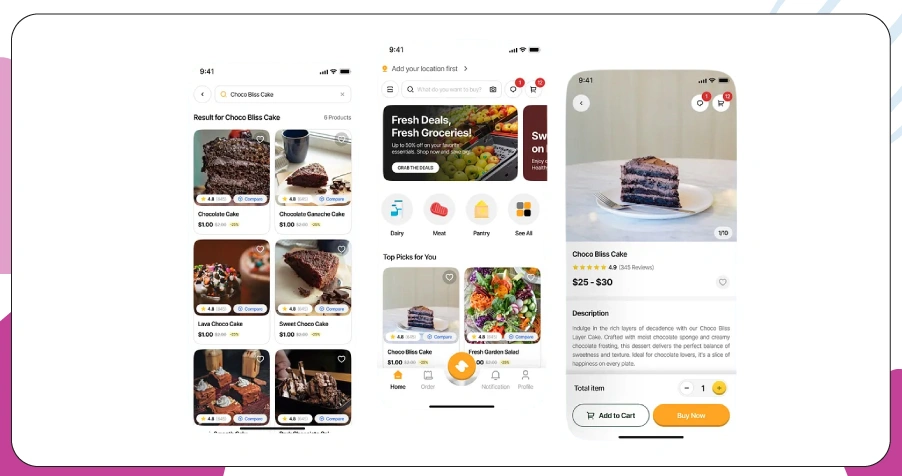
Data collection is only half the equation. To generate real ROI, businesses must interpret and activate that data through analytics. Using tools for Product Comparison, you can uncover critical insight into what’s working and what’s not.
Example applications include:
- Evaluating product performance across regions or search keywords.
- Identifying which listing elements (reviews, visuals, pricing) impact visibility.
- Comparing your catalog’s structure and pricing with market leaders.
With a sound Product Comparison Data Scraping strategy, your team can cut redundant SKUs, enhance listings, and improve click-through rates. It’s not just about tracking—it’s about optimizing your presence for conversion and discoverability.
Sustainable Success: Automating Monitoring & Insights
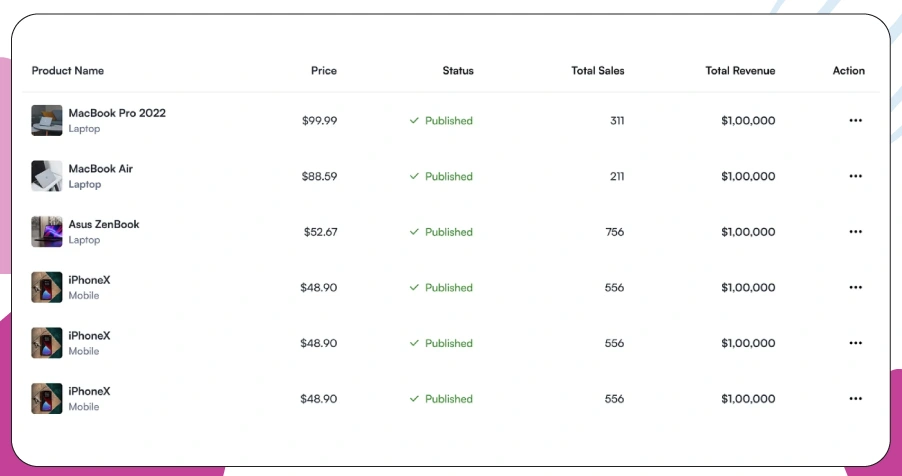
One-off insights offer short-term wins, but long-term performance hinges on automated tracking. Businesses that consistently scrape and analyze Google Shopping data unlock a continuous loop of improvement.
Automation enables brands to:
- Adjust inventory and pricing strategies based on real demand.
- Time promotions according to competitor behavior.
- Monitor brand exposure and visibility across multiple SKUs.
Using tools that Scrape E-Commerce Product Listings empowers marketing, pricing, and operations teams to respond dynamically to changing consumer behavior and market trends.
Building a Future-Ready Structured Shopping Dataset
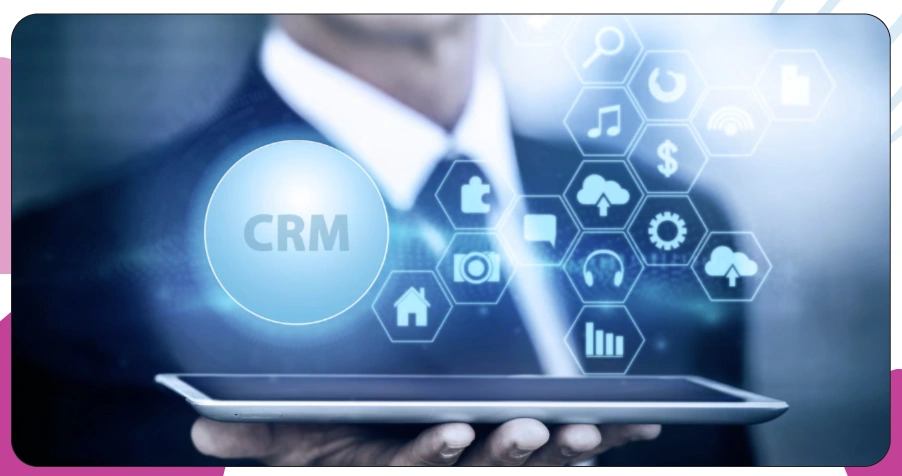
Scraping isn’t just about today’s needs. Over time, consistently collected data forms a highly valuable Structured Shopping Dataset that supports predictive analytics, campaign optimization, and long-term planning.
A unified structured dataset enables:
- Holistic alignment of pricing, content, reviews, and promotional tactics
- Seamless integration with tools like CRMs, ad platforms, or inventory systems
- Forecasting based on real-time demand, not outdated assumptions
By centralizing scraped data into a structured system, businesses move from reactive execution to strategic foresight, transforming competitive product insights into a growth engine.
How ArcTechnolabs Can Help You?
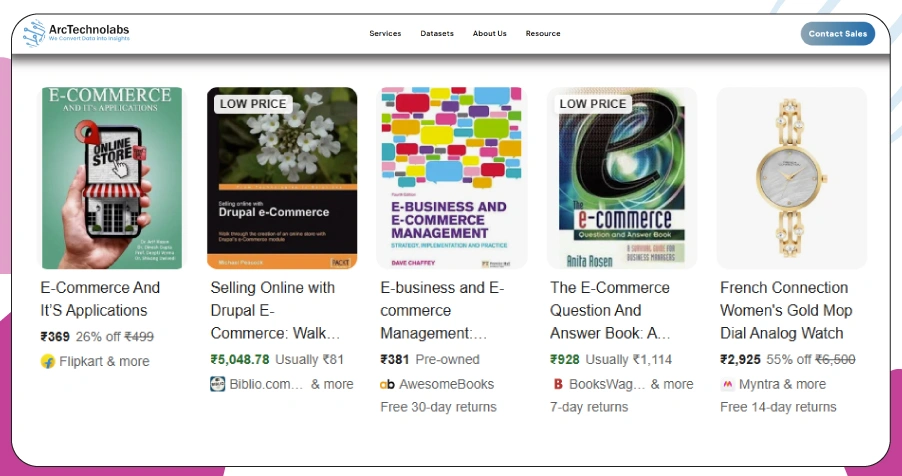
We build intelligent, scalable solutions to Scrape Google Shopping Results 2025 tailored to your business objectives. Whether you're a global brand or an emerging digital seller, our systems deliver accurate and structured product insights—on time, every time.
Here’s what we offer to simplify and strengthen your data efforts:
- Custom scrapers built for your specific product category.
- Real-time data pipelines with scheduling and automation.
- Region-wise scraping with advanced proxy support.
- Parsing for reviews, prices, and product visuals.
- Structured data delivery in your preferred format.
- Provide complete maintenance and update support to ensure scraper reliability.
Whether you’re benchmarking prices, monitoring SKUs, or refining assortment strategies, our team ensures smooth integration and consistent performance. We also assist with Price Monitoring From Google Shopping to keep your decisions informed and timely.
Conclusion
In today’s competitive retail landscape, having access to structured data is no longer optional—it’s essential. Businesses that invest early to Scrape Google Shopping Results 2025 gain a sharper view of market trends, pricing shifts, and evolving customer preferences.
Whether you're optimizing pricing, tracking competitors, or improving product visibility, our team can support your efforts with efficient Product Comparison Data Scraping solutions tailored to your goals. Contact ArcTechnolabs today to discuss your data needs.







